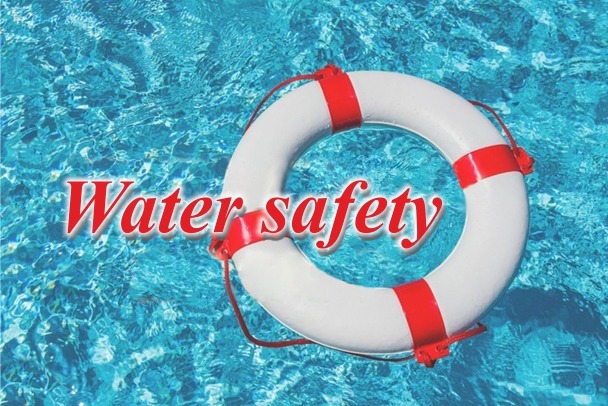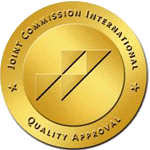RULES OF BENAVIOR AND SAFETY MEASURES DURING SWIMMING
22.06.2023

As hot summer weather sets in, more and more people rush outdoors to water bodies, sometimes forgetting that water may not only bring pleasure, but also pose major hazard.
Most frequently, the cause of accidents during swimming is underestimation of danger and failure to manage the situation, panicking.
Main causes of drowning:- swimming in non-designated places
- swimming to long distances
- muscular cramp
- excessive body heat loss
- entry into water from height
- swimming during stormy weather
- disruption of inflatable watersports equipment
- alcohol intoxication
- leaving children without supervision
- Swim only at organized beach, equipped with all rescue and first aid equipment.
- Do not swim in places, not designated for swimming, in places with slough and algae.
- Choose water bodies with sandy bottom or pebble.
- Do not swim beyond life buoys.
- Do not drink alcohol!
- Do not swim close to vessels.
- Do not jump into water from boats, crafts, piers and other objects.
- Do not swim in water when water temperature is below +15 °С.
- Do not swim during storm or in laces with high tidal waves.
- Do not swim on object, not designated for swimming.
- Strictly control children and teenagers during swimming.
- Check watersport equipment for integrity, and be cautions while using them, as even small wind may carry inflatable air bed away from the shore.
- Recommended ambient temperature for swimming – from +25°С in clear non-windy weather.
- Duration of stay in water should be 15-20 minutes per one stay.
- It is recommended to swim at least 1,5-2 hours after eating.
What I should do if my leg is cramped?
- Take a deep breath, submerge vertically into water, straighten your legs, grab big toes with your hands and pull
- If you managed to reduce cramps, swim to the shore as fast as you can.
- If you failed to remove cramps, lay on your back on the water and swim to the shore, propelling yourself by arms.
- You your arms are cramped, use your legs.




